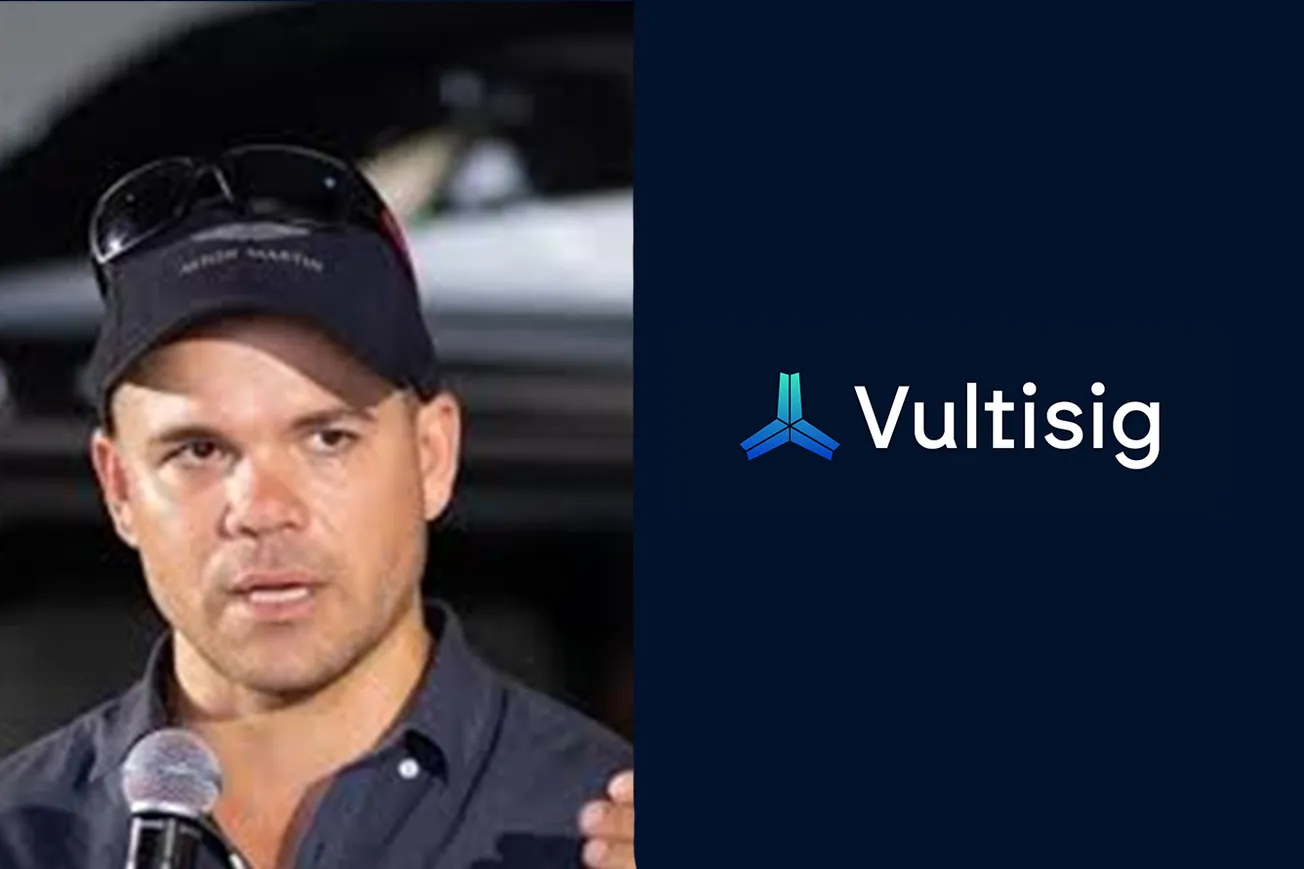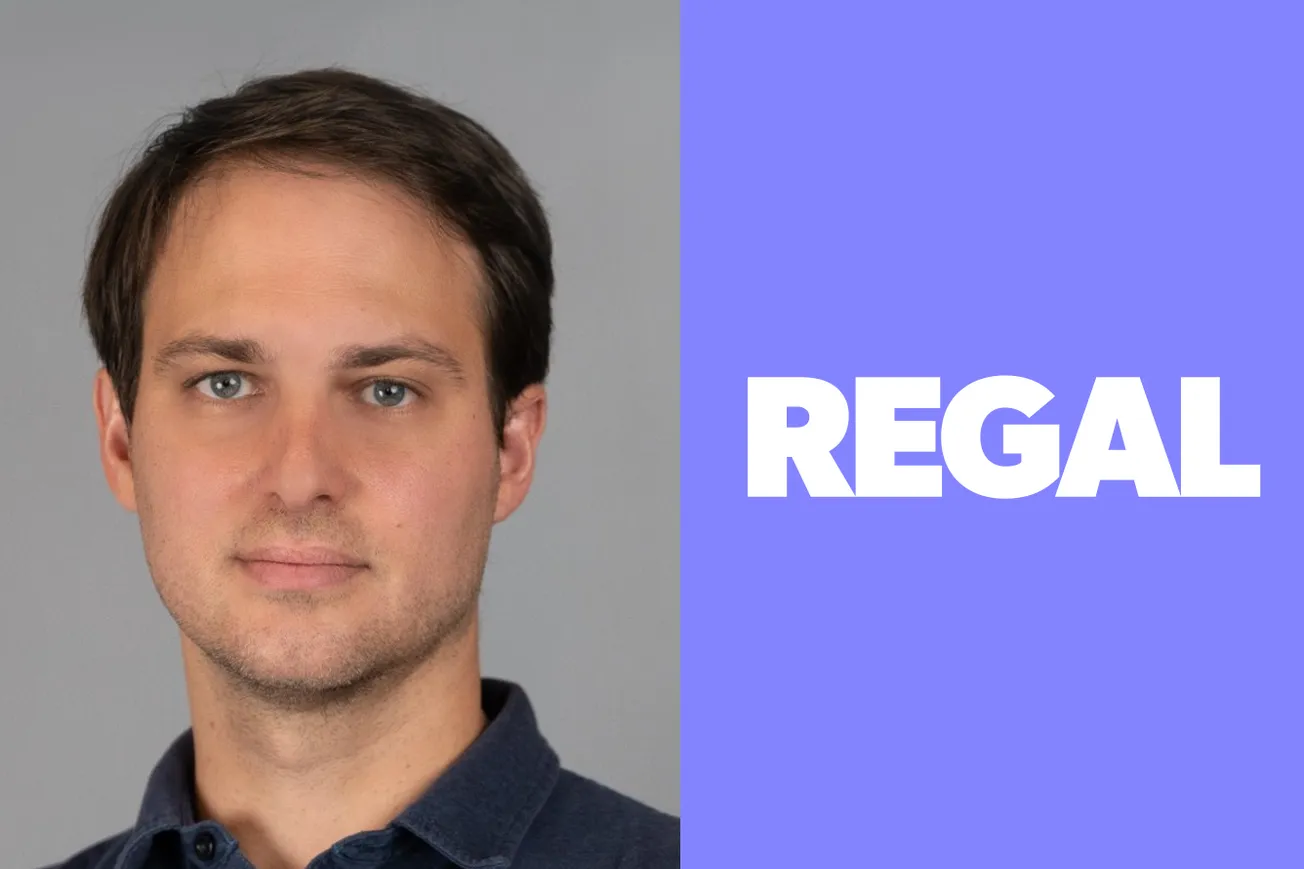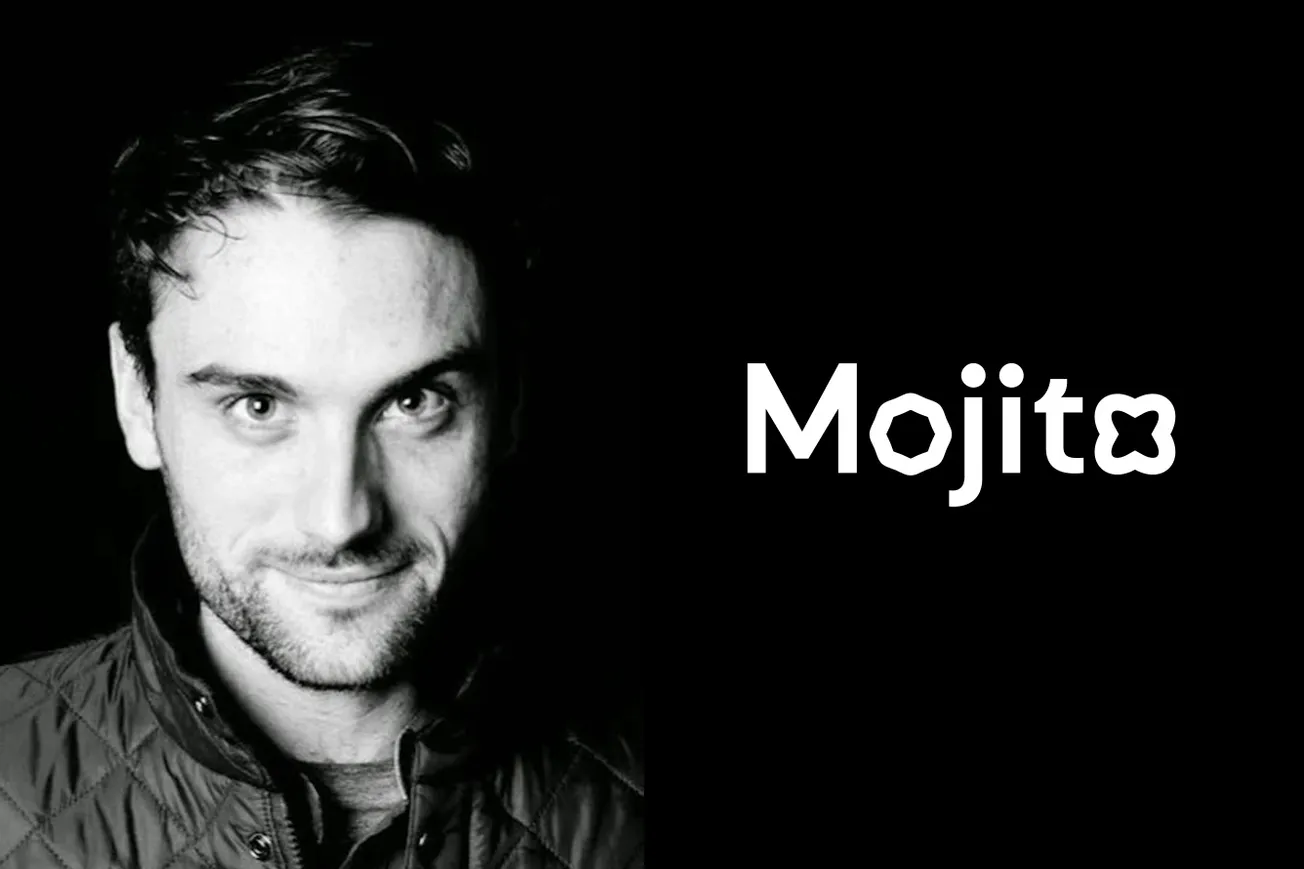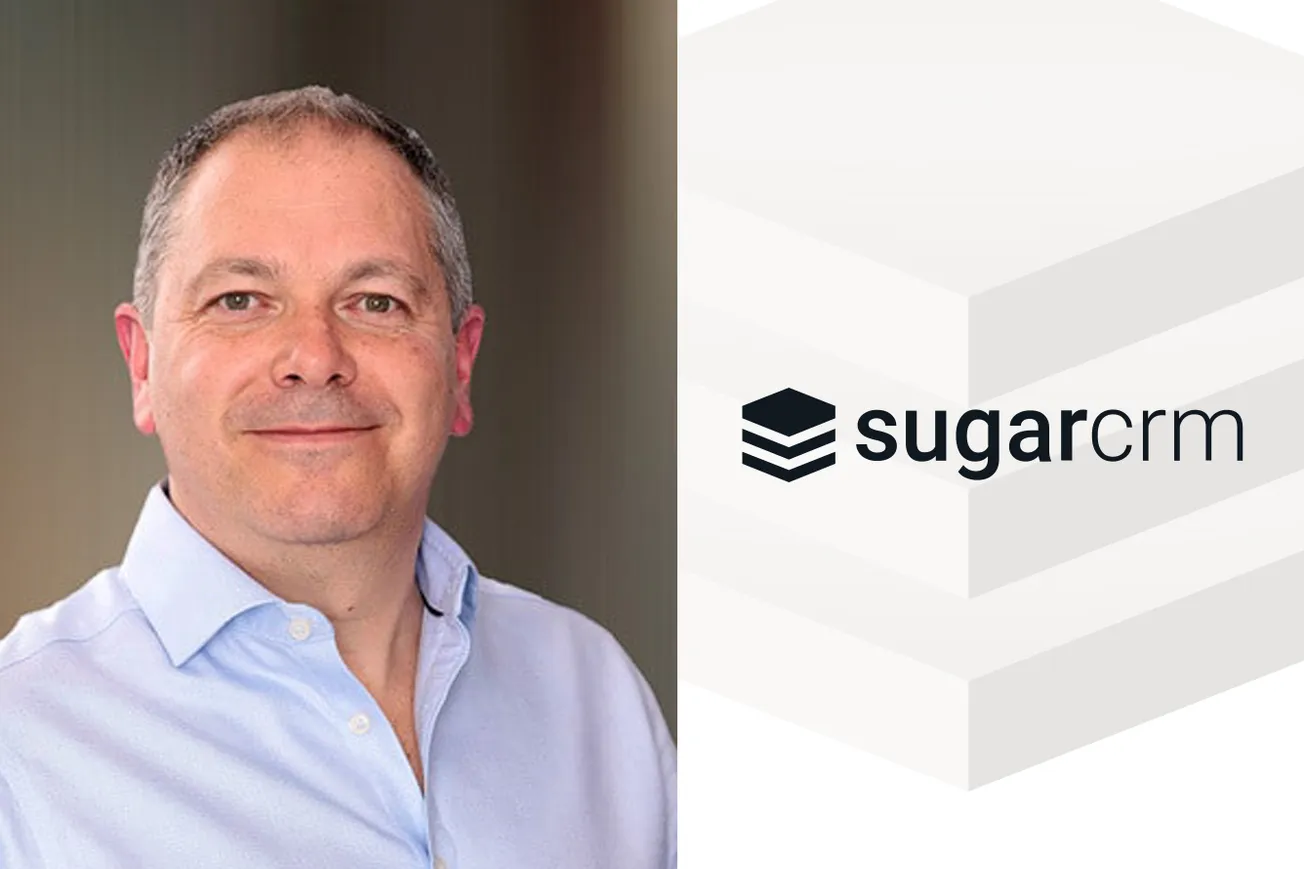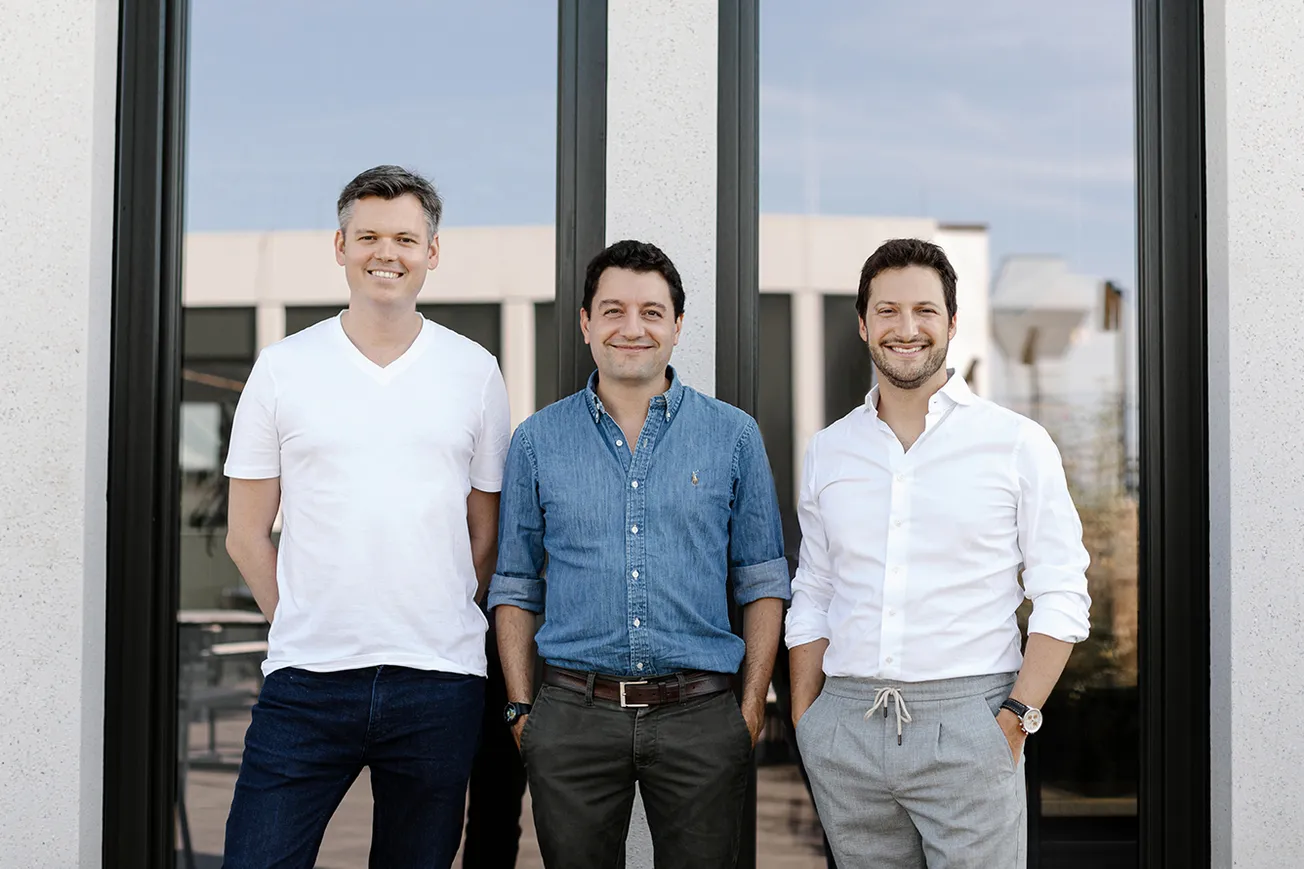Table of Contents
Can you share a bit about your journey and what led you to founding Vultisig?
I’ve been working in crypto since 2013, with a focus on infrastructure—initially wallets, then protocols, including my time co-founding THORChain. Over the years, it became clear that key management remained one of the most persistent challenges in the space. User error and infrastructure limitations–from lost seed phrases to custodial failures–have consistently undermined otherwise robust systems. Vultisig is positioned to solve that disconnect: a project aimed at addressing the core issue of custody by eliminating reliance on single private keys.
What’s one book, podcast, or experience that has significantly influenced your entrepreneurial mindset?
Building THORChain in public for five years taught me how to navigate market cycles without losing focus. It reinforced the importance of building systems that stand the test of time, rather than chasing short-term attention or catering to momentary hype. That mindset—prioritizing durability over optics—continues to shape how I approach product development with Vultisig today.
How did the idea for Vultisig come about, and what problem are you solving?
The idea was simple: everything in crypto breaks down when custody fails. If you mismanage your keys, it doesn’t matter how decentralized the protocol is—you’ve already lost. Yet we still act like writing down 24 words on paper or trusting a custodian is an acceptable default. That’s not a serious foundation for a financial system. Vultisig solves this by eliminating the private key entirely. It uses threshold cryptography to distribute signing power across multiple devices or factors, so no single point of failure exists. And because we never generate a private key at all, there’s nothing to steal or lose.
AI and decentralized technologies are rapidly evolving. What excites you the most about this convergence?
Agents. AI agents are going to start acting on behalf of users, DAOs, and organizations. But for that to work, agents will need wallets. Not just for value storage, but as an interface to operate autonomously—performing actions such as staking, transacting, and managing risk. The problem is that you can’t simply give a bot a private key and hope the key won’t get compromised. This is where things get interesting. We need wallets that let agents act semi-autonomously, without handing over full control. That’s the infrastructure Vultisig is building.
How is Vultisig being designed for AI functionality? How does it enhance security and user ownership?
Vultisig is built on threshold signature schemes (TSS), meaning no private key ever exists. Signing authority is split across multiple parties—users, devices, even agents. This allows you to grant partial signing access to an agent, without ever giving it full control. The result is programmable trust: bots can operate, but only within constraints. We’re also building a plugin architecture to support things like time delays, dual approvals, and agent-specific permissions. It’s all about making autonomy safe.
Privacy and trust are major concerns in Web3. How does Vultisig ensure that user data remains secure and decentralized?
Privacy in Vultisig isn’t a feature—it’s a consequence of the architecture. There’s no central key, no master controller, and no user data to leak. On-chain, a Vultisig vault looks like any other address—there’s no way to tell if it’s controlled by a person, group, or AI agent. That ambiguity is a form of defense. In a world where metadata leaks are as dangerous as hacks, building with privacy at the base layer is non-negotiable.
What are some real-world applications and industries where Vultisig is already making an impact?
Vultisig is designed to bring the most value in contexts where secure, flexible custody is essential. That includes managing multisigs, safeguarding LP positions, replacing centralized custody, or enabling programmable access for teams, DAOs, and agents. The underlying cryptographic model—built on threshold signatures—is particularly well-suited to scenarios requiring shared access, custom transaction logic, or minimized single points of failure. It’s a foundation for more secure infrastructure, whether the end user is a DAO treasury, a protocol team, or an autonomous agent.
Many founders struggle with adoption in emerging technologies. How has Vultisig approached building its ecosystem and developer base?
We’ve kept it simple: build something genuinely useful, make it open source, and reward real usage. The airdrop that’s currently underway is based on meaningful activity—vault creation, referrals, staking—not just speculation. Vultisig’s SDK, which allows developers to build plugins on top of the Vultisig infrastructure, also just launched. Because the core cryptographic stack is public, developers don’t have to guess or trust us—they can verify and build independently.
What’s your vision for the future of AI agents and their role in decentralized systems over the next five years?
Agents will become key participants in Web3. They’ll manage portfolios, execute governance votes, rebalance treasuries, enforce compliance. But that only works if we solve the custody layer. We need wallets that give agents just enough autonomy—without exposing users to existential risk. Vultisig is laying that foundation. In five years, I think most of the action on-chain will be machine-driven, and wallets will be interfaces for autonomous execution, not just user UIs.
Lastly, any advice for aspiring entrepreneurs looking to build in the intersection of AI and blockchain?
Don’t chase trends—chase failure modes. Ask yourself how a system breaks, and who loses when it does. The AI + crypto intersection is full of vaporware right now, but there’s a massive opportunity in solving real security and coordination challenges. Focus on building infrastructure that holds up under stress. The space doesn’t need another hype cycle—it needs resilient systems.


